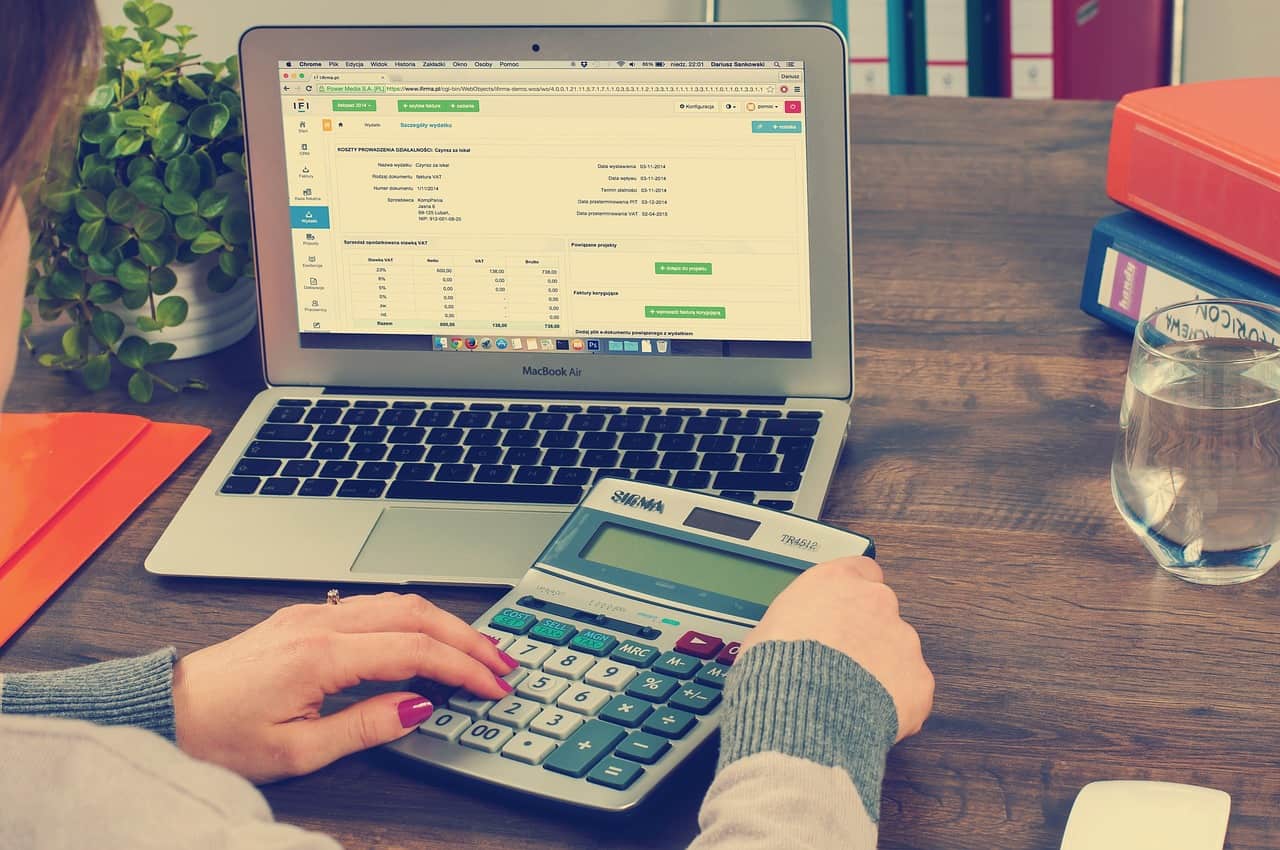Top tips for tax time
Marlene Scicluna
- Money Lessons

Some of us look forward to getting a refund at tax time, others dread any additional tax they might need to pay!
The good news is the more organised you are, the less stressful tax time is likely to be.
If you’re new to paying tax or are not quite sure what you can claim, here’s a quick explainer.
When should I lodge a tax return?
If you’re employed in a full-time, part-time, casual or contract role, you may have noticed a bit of extra money taken out of your pay for tax throughout the year. Your employer deducts tax from every pay and sends it to the Australian Taxation Office (ATO) on your behalf: this is called Pay As You Go (PAYG).
Then, at the end of every financial year, you are required to declare all income earned from July 1 to June 30. For further information about declarable income visit the ATO website here.
To lodge a tax return, you need:
- Payment summaries from your employer.
- Income statements including bank or dividend interest, rental or foreign income, Centrelink and any private health funds.
- Receipts or statements of work-related expenses including self-education, supplies, donations or the cost of managing last year’s tax return (if applicable).
- Records of purchases and/or sale of properties or shares.
How do I lodge a tax return?
Tax returns can be lodged online for free by October 31 using the ATO’s MyTax Portal. The ATO will assess your tax return and calculate your income tax. You will then get a ‘notice of assessment’, advising you whether you will get a refund or if you still owe tax.
If you choose to access MyTax Portal, it can pay to wait until August before lodging your tax return, as the ATO will pre-fill information from your employers, banks, as well as health and government agencies.
Hence, to lodge your own return using MyTax Portal you need:
- A myGov account linked to the ATO.
- To check that the information entered by the ATO is correct.
- To enter any deductions you may have and submit your return.
Returns lodged online are usually processed within a few weeks, the ATO says.
From July to October, First Nations people can access free help via the ATO Indigenous Helpline to create a myGov account and lodge tax returns online as well as getting a Tax File Number (TFN) or an Australian Business Number (ABN). Call 13 10 30 or visit the ATO website here.
If online is not your thing, you can download and complete a paper tax form and mail it to the ATO.
Getting professional help
There is also the option of paying a fee and engaging a registered tax agency or agent, either online or in-person.
TOP TIP: You can find an accredited tax agent by searching the Tax Practitioners Board website here.
- An online tax return through a tax agency presents prompts as
you independently complete and submit your own return through their portal.
- You can also opt for an online tax adviser service, where you upload your tax documents, and a tax expert will prepare and submit your return for you.
Otherwise, if you prefer an in-person service, you can choose to take your tax documents to a tax agent who will in turn prepare and lodge a tax return on your behalf as you wait.
What deductions can I claim?
You may be eligible to claim several work-related expenses for your current job if your employer hasn’t already reimbursed you. These may include:
- Uniforms distinctive to your employer.
- Protective clothing/footwear required for your safety in your work environment.
- Car expenses for traveling between two places for work (not to and from work) or carrying tools/equipment for your employer (hence, keep track of days, times, and mileage).
- Work-related equipment, stationery and subscriptions.
- Phone/internet and utility bills related to a home office.
- Fees for training or educational courses.
- Investment expenses including interest charged for loans and certain property expenses.
Check out the ATO website here to see what deductions you may qualify for.
Remember that you need to be able to prove anything you claim, hence, think about digitising every work-related receipt and bank statement by taking a photo and saving it into a file, ready for tax time.
Click here for the ATO’s free record-keeping tool to help organise your records.
Like every article on TomorrowMoney, this is not tax or personal advice. For more information on tax, visit the ATO website.
Let us know if you liked this article
Let us know if you liked this article




